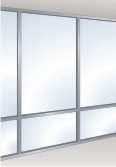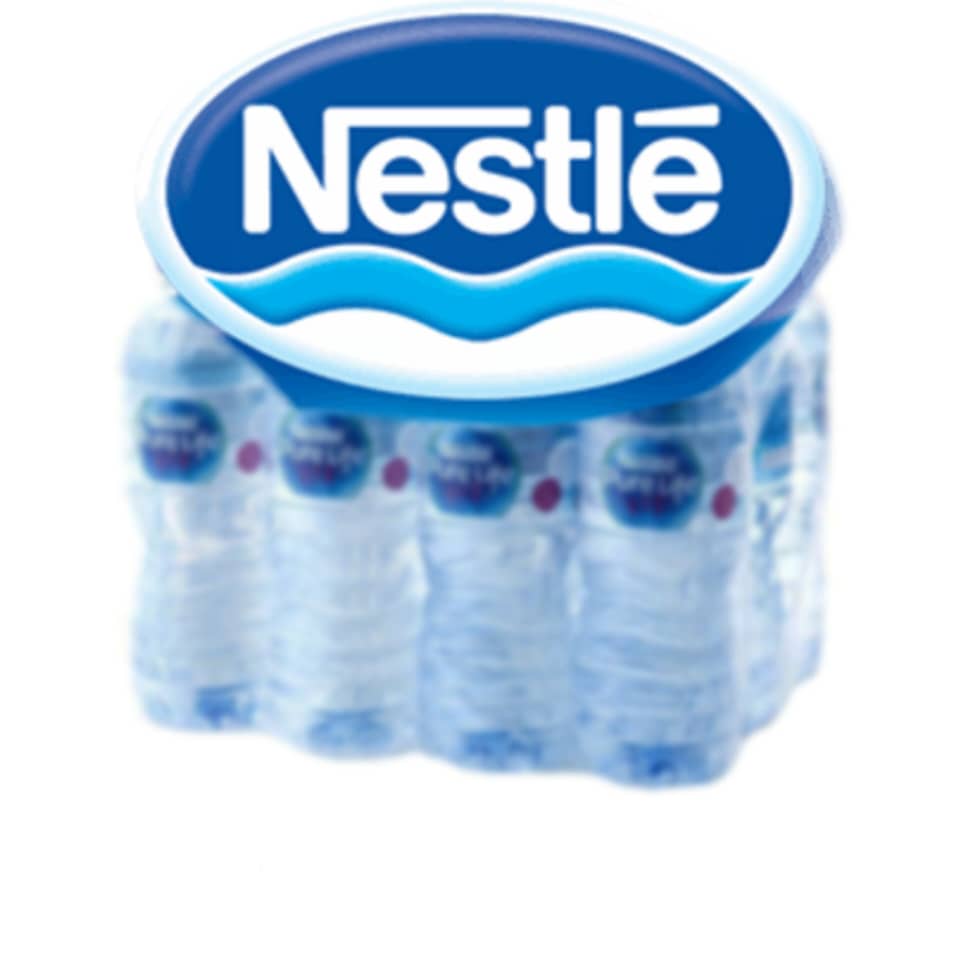
- Seen : 799 View
One of the first safety standards developed for buildings is fire prevention and prevention. About 40 years ago scientists around the world began their studies on fireproof construction materials. With the help of the results of this research, we can estimate the propagation speed of the fire.
Glass is one of the most important building materials to be considered for fire safety. To understand the importance of glass and its role in the distribution of fire, the fire behavior and fire safety engineering should be considered. The behavior of the fire in a closed space, and more specifically, is a room dependent on the entrances leading to that room. A low-volume fire requires a high oxygen content to expand.
The window and the only input of oxygen from the outside into the interior (until the ceilings and walls have collapsed). If the window structure is used in normal glass, it breaks glass as soon as the temperature rises to 100 ° C or 120 ° C. In this case, the fire spreads without delay. The ordinary glass that is securitized does not differ much from ordinary glass in breaking performance due to failure in non-wicker pieces.
When the temperature reaches 500 to 600 degrees Celsius, the entire interior burns in a very short time (like an explosion), which results in the fall of the remainder of the broken pieces of glass from the window, and oxygen enters the fire. At this time, the growth rate of fire depends on the area of the window and the volume of fire. If the area of the window is low relative to the amount of fire, the air supply is limited, when the fire is insufficient, its growth rate is low. Of course this does not mean less risk or easier fire control. On the contrary, the heat of the interior of the fire involved the chemical disintegration of the objects in that space. In the process of decomposition, the combustible gases are released and fill the available space. But due to lack of oxygen, these gases do not burn, with increasing volume of hot gases, the gas pressure goes up inside the room and erupts through broken windows. As soon as these gases erupt into an atmosphere full of oxygen, their burning begins, and as a result, the flame kills the window through the window and flames.
In the absence of a lack of oxygen, flammable gases burn together with all the objects inside the room. In this state, flames do not stretch, but smoke is released.
Let's not forget that casualties and fatalities in fires are not due to burns alone. But high temperatures and strangulation also play a significant role in increasing mortality rates.
The above describes the important role of glass in expanding the fire. Safety of the glass not only helps to prevent the development of fire, but also provides the opportunity to escape the inhabitants and even collect valuable items.
The efficiency of the anti-fire glass is primarily related to maintaining the integrity of the glass during the fire. The criterion for evaluating this performance is based on the following three criteria:
Maintain integrity (E)
Maintain integrity and limit the emission of hot gases (EW)
Maintain integrity and thermal insulation (EI)
These criteria are expressed in abbreviated terms. The length of time that the glass retains its integrity and function is expressed in numbers along with these letters, for example, EW 60, an anti-fire glass that maintains its integrity for 60 minutes and during which time the transmission speed of hot gases It actually reduces residents to 60 minutes of escape.
Saler Company Information










